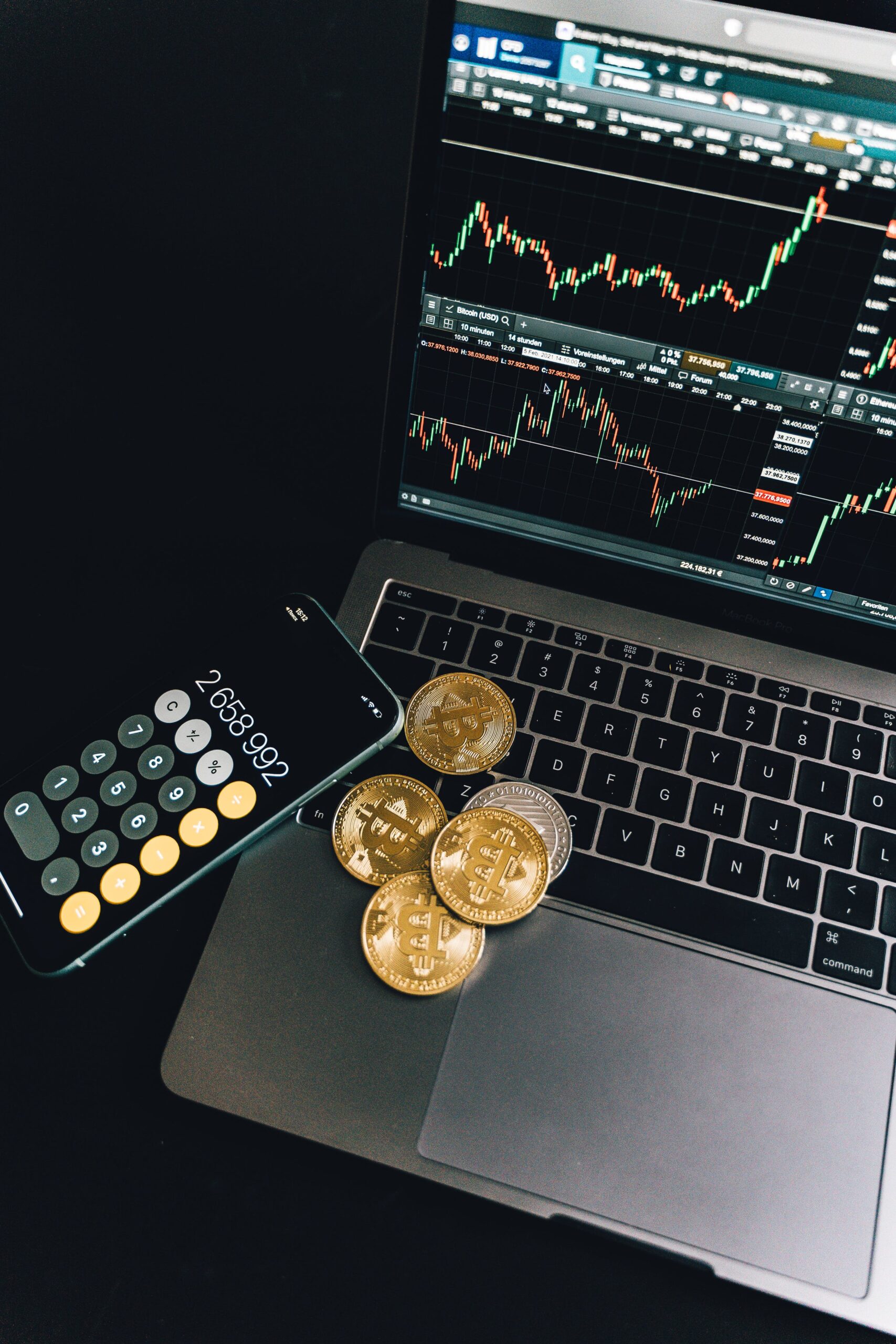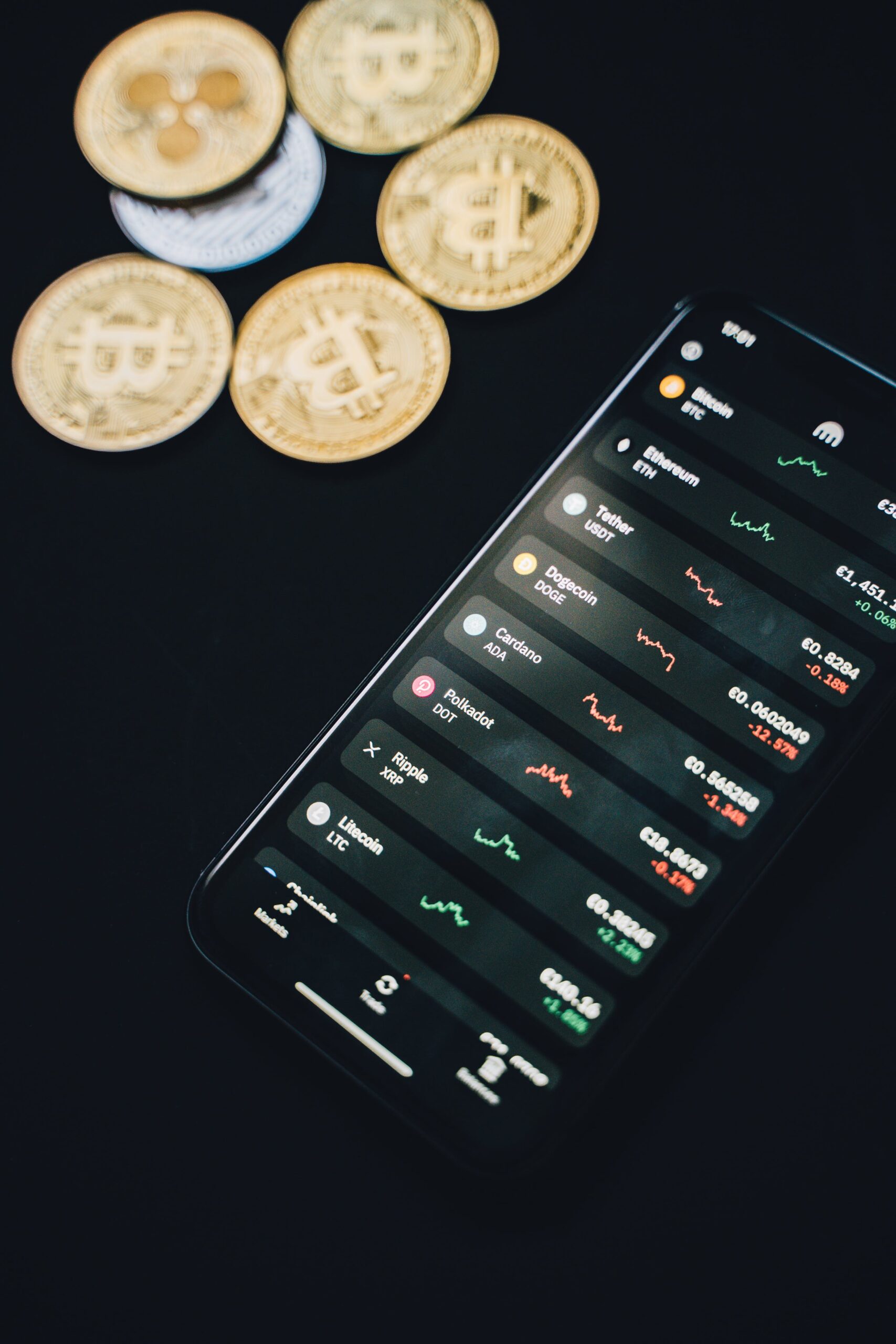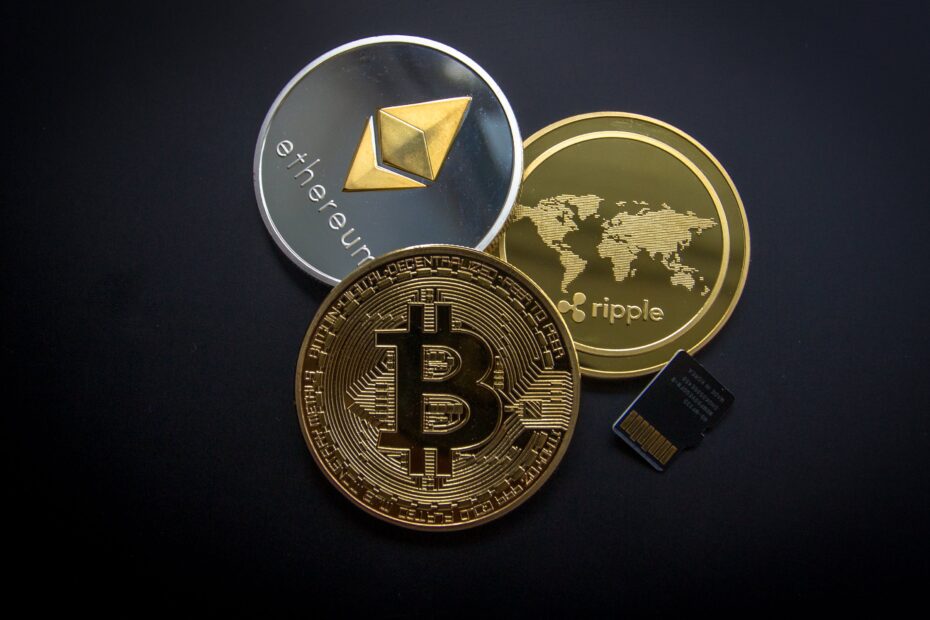An introduction to the Blockchain SUI vs Solana network
SUI is a distributed layer 1 cryptocurrency that provides high transaction speeds at a cheap cost. This unsupervised Blockchain (SUI vs Solana) is intended to accommodate a variety of applications.
More specifically, SUI is a tier 1 blockchain, which means it offers the fundamental framework allowing an ecosystem of confirmations and transactions, similar to the Ethereum and Bitcoin networks. But what distinguishes it from different L1s is its emphasis on rapid transaction finality, low latency, and fast transaction speeds.
The Emotive Odyssey: Unveiling the Heartfelt Evolution of SUI Blockchain.

In August 2022, Blockchain SUI (vs Solana), initiated its boost test network. The main Internet network was launched on the third of May 2023.
Developed by Mysten Labs, which is run by a number of former senior executives from Meta’s (formerly Facebook) now-defunct digital currency wallet program Novi, the blockchain is making significant strides.
What sets SUI Coin apart?
Sui’s architecture addresses pain concerns common to first-generation blockchains by incorporating horizontal expansion, adaptability, limited replay, and on-chain storage.
Vertical Scaling
Each collection of transactions on the SUI network processes concurrently. This is unlike several previous blockchains where restriction arises from a failure to distinguish between various items, assets, finances, and other components.
The ability to combine
SUI permits the direct passing of an asset like an NFT into a function input, in contrast to the majority of other blockchains. Also, SUI’’s object-centric strategy allows for more specialized data structures, as well as the flexibility to store assets within them or in the asset itself.
What’s the Blockchain SUI Coin?
SUI has yet to release any information regarding its native SUI coin, which will launch with the main network. Actually, it will be utilized for gas and storage costs. This fund covers future testers for the price of previous on-chain data. In addition, SUI has a market capitalization of $1,389,885,897 and is currently ranked number 54 on CoinGecko.
What’s Solana Coin?

Compared with SUI, the open-source blockchain platform Solana was developed in 2017 by Anatoly Yakovenko, a former executive at Qualcomm. In fact, Solana’s main goal is to dramatically increase blockchain technology’s flexibility, surpassing well-known blockchains in terms of performance while maintaining affordable costs.
What’s more, the blockchain architecture of Solana is made to make it easier to create smart contracts. However, being compatible with a broad spectrum of non-fungible token exchanges and decentralized finance systems, makes it an adaptable option for a number of use cases.
Solana’s Distinctive Features
To begin with, one of the main reasons why people are drawn to Solana is its emphasis on user experience (UX). Besides that, Solana’s approach to scalability is another distinctive feature. This achieves high throughput without depending on Layer 2 solutions. In typical autonomous blockchains, processing an increasing volume of transactions generally results in decreased performance. Consequently, using a proof of service technique, it chooses one “leader network” to arrange and sequence transactions amongst multiple nodes.
The Current Circulation of Solana (SOL) Coins

It has been announced by the Solana Foundation that 489 million SOL coins would be made available for use. Currently, around 260 million of those have reached the market. In particular, the total number of SOL tokens is as follows:
- 16.23% of tokens were allocated to an early seed sale,
- 12.92% to a launching sale,
- 12.79% to team members, and
- 10.46% for the Solana Foundation.
However, the remaining tokens have already been made available for both public and private sale, or they will be released to the general marketplace shortly.
Reference List
- Sui (SUI) – USDT – Live streaming prices and market cap
- SUI Live Price Chart & News | CoinGecko
- Sui price today, SUI to USD live price, marketcap and chart | CoinMarketCap
- What Is SUI Blockchain? | Ledger
- What is Solana and how does it work? A beginner’s guide to SOL | The Block
- What Is Solana (SOL) and How Does SOL Crypto Work?
- Solana price today, SOL to USD live price, marketcap and chart | CoinMarketCap
- Solana Price: SOL Live Price Chart & News | CoinGecko
